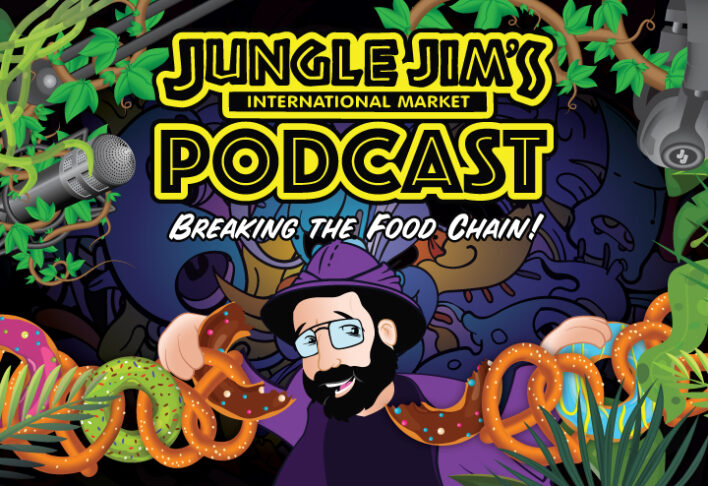
Beer Department: The Brut IPA, an Emerging Trend
Back to feed- Posted: 8/1/2018
- Categories: Beer, Craft Beer

It’s no secret that IPAs are everywhere in the craft beer world. Every brewery, even those hesitant to do so, make one. Most make several. Some make a seemingly endless parade of them (I’m looking at you, Stone). IPAs are so popular, they account for roughly 30% of all craft beer sold in the United States. Given their immense popularity and a desire to stand out from the crowd, it makes sense that brewers would use the basic concept of an IPA as a blank template for creating a broad range of tastes, textures, and aromas. The near endless litany of IPA substyles includes red IPA, black IPA, white IPA, Belgian IPA, Rye IPA, barrel-aged IPA, fruited IPA, West Coast IPA, New England IPA, American, English, and so on. Every variant is an attempt to tweak one or more components to create a new drinking experience while keeping the core impression of the beer the same. In other words, a successfully executed variation will offer you something new while still being quintessentially IPA.
Now that the country is firmly in the throes of the haze craze, the newest experiment to begin grabbing its own bit of the IPA spotlight is something we’re calling Brut IPA. “Brut” is a term that originates in Champagne to refer to a very low, nearly non-existent level of residual sugar. This lack of sugar contributes to Champagne’s overall body, crisp texture, and immense drinkability. The problem with beer is that barley doesn’t ferment as well as grapes and thus there is nearly always a significant level of residual sugar. To eat up this residual sugar and render the finished IPA more drinkable, creative breweries all over the country have taken up new methods to achieve ultra low sugar levels. The most prominent technique is the introduction of an enzyme called amylase to the fermentation vessel that can simply destroy the remaining, non-fermentable sugars. Amylase has long been used in dark beer production to lessen the intensity of dark malts, but its application in IPA brewing is novel and yields an entirely new result. The other option is to do a hybrid fermentation or a secondary fermentation using Champagne yeast. Champagne yeast is much hardier than brewers’ yeast and can consume many of those residual sugars that are not fermentable by beer yeast.
The finished beer is deceptively light in body and easy to drink despite its alcohol range, which I’ve seen from about 6.5% to 8.5% by volume. Some are softer and juicier than others, while still others offer some bitterness. Most are fairly creamy and expansive across the palate, with a good amount of carbon dioxide remaining in solution. This trend of Brut IPAs got its start in the San Francisco bay area, but it seems to be catching on pretty quickly. Locally, Listermann makes a Brut IPA they’re calling Cinci 75 as a nod to the classic French 75 champagne cocktail, and 50 West makes one called Gateway. These two beers are a good experiment in the variations that already exist within this burgeoning style. Cinci 75 is higher in alcohol and the body and hop flavor is super soft. The beer is creamy and very easy to drink. Gateway, by contrast, retains some bitterness wrapped around a core of creamy effervescence. Be on the lookout for both and decide which you like best!
In August, Jungle Jim’s will be debuting an exclusive collaboration with Platform Brewing Company. We’re very excited to be bringing this as-of-yet unnamed Brut IPA to all of you, our geeky, beer loving and adventurous customers who make our jobs worth doing. Keep your eyes and ears on the alert for this delicious new offering.
Cheers!


